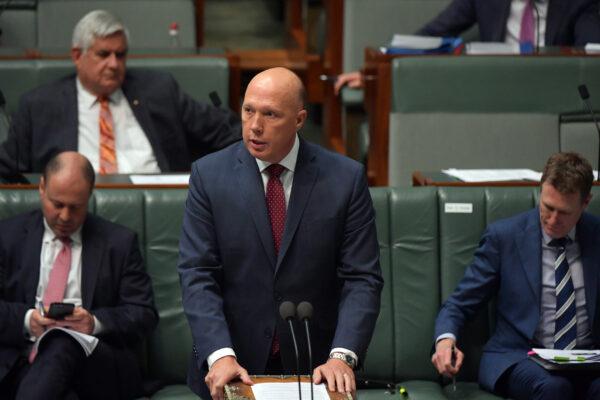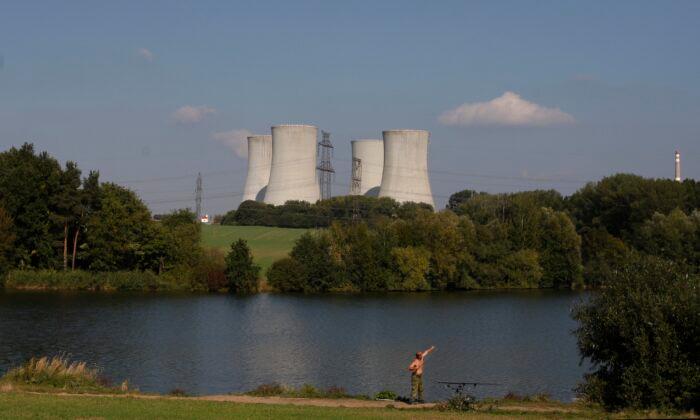The Australian government has turned down the Opposition’s demand to include nuclear power in the energy mix as the country moves toward net zero emissions.
In an interview with Nine News, Education Minister Jason Clare stated that the Labor government would not support nuclear power.
“They cost about $400 million bucks and take years and years to build,” he told Nine’s Today Show.
“Follow the money .... you can see what’s needed here. As all the old coal-fired power stations shut down, they need to be replaced by something and what the private sector’s doing is investing in the cleanest form of new energy, and that’s renewable energy.”
This comes after Opposition Leader Peter Dutton, in a speech at the Institute of Public Affairs said that the Labor government was “mesmerised” by alternative energy sources and ignored the potential of small modular nuclear reactors.
“Conveniently, the energy minister (Chris Bowen) is reluctant to mention the costs of storage and transmission when he talks about renewables being cheaper.”
Later, Mr. Dutton told Nine News that it would cost taxpayers over $100 billion to build the 28,000 kilometres of poles and wires proposed by the government.
Opposition Believes Nuclear Technology Is Cost-effective
Pointing to the reliability problems of renewables and battery technology, Mr. Dutton said nuclear reactors were a cost-effective and safe solution that supported renewable energy and reduced prices.“The small modular reactor is the same technology as the government is using on the submarines,” he said.
“So we can deal with it safely, and it can firm up renewables. It isn’t a competitor to renewables.”

In light of nuclear reactor technology’s merits, the opposition leader said the country needed a conversation on the topic.
“You can turn off old coal-fired power stations, put the small pod hard reactors in, and it allows it (energy) to be distributed across the existing network,” he said.
Meanwhile, Energy Minister Chris Bowen still firmly believed that renewables were the cheapest form of energy.
Finland’s Energy Prices Drop 75 Percent
While Australian politicians still trade words on nuclear reactors, some countries have seen a sharp drop in energy prices after embracing the technology.The 1,600-megawatt power plant produces 14 percent of the country’s electricity and is expected to continue operating in the next 60 years.
Following its launch, Finland reported a 75 percent fall in electricity prices.
Specifically, the average spot electricity prices fell from €245.98 (US$268) per megawatt hour in December to €60.55 in April.
One month later, it was reported that Finland’s spot energy prices dropped below zero due to an oversupply of electricity.
“Production is high, consumption is low, and now we are in a situation where it is not easy to adjust production.”





